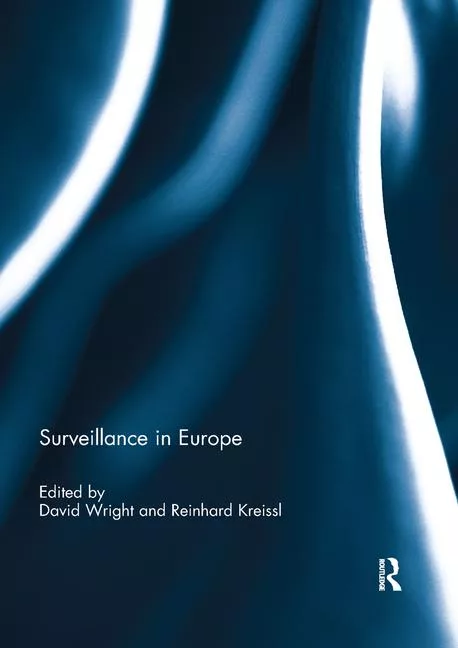Super-integration in Shanghai
“The 2010 Expo represents the first super-integration of a major urban area’s security systems,” said Richard Chace, executive director and CEO, SIA.
Key findings include:
Total investment in the World Expo is expected to be US $5.2 billion, including funding for construction of pavilions and the Expo Village, (US $ 1.3 billion), and investment in Expo-related urban infrastructure, environmental sanitation, social order, and public security, (US $3.9 billion).
The year and a half long event expects to welcome more than 70 million visitors at a rate of 400,000 to 800,000 per day. Each visitor will be issued a laptop/handheld computing device equipped with RFID electronic labeling. This device not only will aid visitors in navigating the huge expo site, but will also allow security systems to track the whereabouts of each visitor during their visit.
Shanghai has begun construction of “intelligent communities,” which require installation of electronic physical security systems in each community. The systems include perimeter alarm systems, video surveillance systems, intercoms, the electric patrol system (EPS systems controlled by computers), burglar alarms and emergency response systems.
Of course, security trade is a two-way street.
A large-sized high technology enterprise in Chongqing, China, is engaging in research, manufacture and exporting of bulletproof vest, bulletproof helmet, bulletproof shield, bulletproof cash-transport car and anti-riot products.
That firm’s factory covers an area of 1,000 square meters. It has about 700 staff and workers, including more than 180 professional staff in the research of ballistic mechanics, arms and safety-products fields.
Key findings include:
Total investment in the World Expo is expected to be US $5.2 billion, including funding for construction of pavilions and the Expo Village, (US $ 1.3 billion), and investment in Expo-related urban infrastructure, environmental sanitation, social order, and public security, (US $3.9 billion).
The year and a half long event expects to welcome more than 70 million visitors at a rate of 400,000 to 800,000 per day. Each visitor will be issued a laptop/handheld computing device equipped with RFID electronic labeling. This device not only will aid visitors in navigating the huge expo site, but will also allow security systems to track the whereabouts of each visitor during their visit.
Shanghai has begun construction of “intelligent communities,” which require installation of electronic physical security systems in each community. The systems include perimeter alarm systems, video surveillance systems, intercoms, the electric patrol system (EPS systems controlled by computers), burglar alarms and emergency response systems.
Of course, security trade is a two-way street.
A large-sized high technology enterprise in Chongqing, China, is engaging in research, manufacture and exporting of bulletproof vest, bulletproof helmet, bulletproof shield, bulletproof cash-transport car and anti-riot products.
That firm’s factory covers an area of 1,000 square meters. It has about 700 staff and workers, including more than 180 professional staff in the research of ballistic mechanics, arms and safety-products fields.
Looking for a reprint of this article?
From high-res PDFs to custom plaques, order your copy today!




